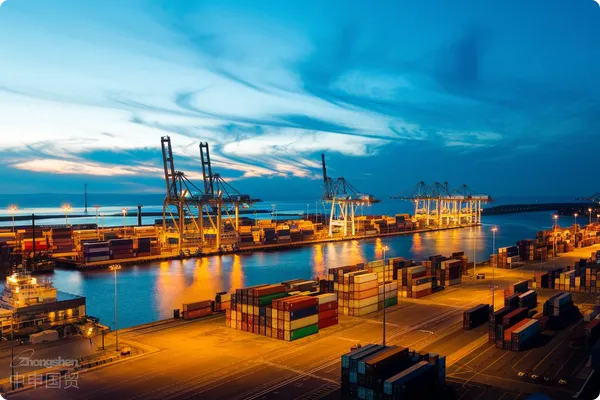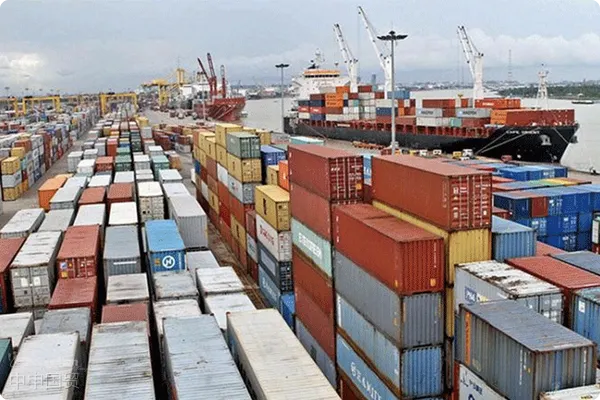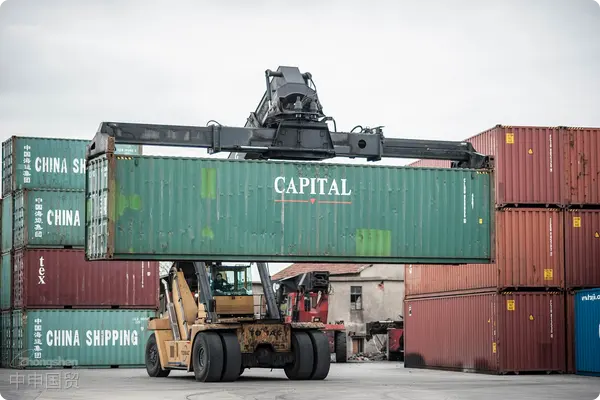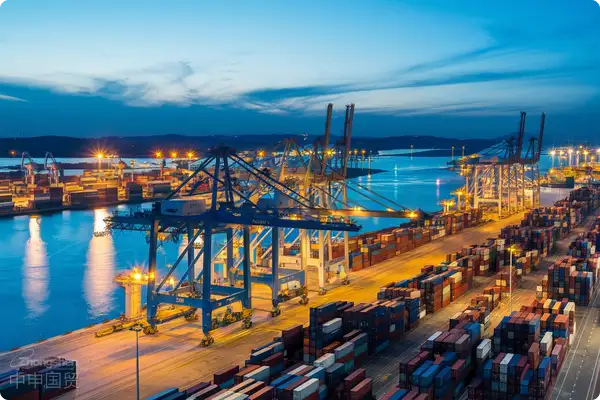- Shanghai Zhongshen International Trade Co., Ltd. - Two decades of trade agency expertise.
- Service Hotline: 139 1787 2118

Today, lets explore a more detailed issue:The Vietnamese customer requestsIt is recommended to verify through the following methods:The books to be sent together with the goods.Many friends may be a bit confused when encountering similar problems. For example, how should the bill of lading date be filled? What is the application sequence and precautions for the certificate of origin? In order to better help you solve these problems, lets take an in - depth look at the entire process and precautions.foreign tradeThe customer requests the certificate of origin to be sent together with the goods
The matching of the application process of the certificate of origin and the bill of lading date
Under normal circumstances, the certificate of origin that customers may mention is
Form E (Preferential Certificate of Origin)Certificate of Origin (CO) or Especially for Vietnamese customers, most of the time they need the FORM E or RCEP certificates to ensure that the goods enjoy tariff preferences during customs clearance in Vietnam.Many friends ask
Special situations of air freight and sending with the goods
Whether it is possible to apply for the certificate of origin after the freight forwarder provides the bill of lading number?This approach is feasible in some cases, but the following key points need to be noted: Matching of the bill of lading date
- : When applying for the certificate of origin, the bill of lading date needs to be consistent with the actual departure date of the goods. This is very important, especially during customs clearance in Vietnam. If the information on the certificate of origin does not match the actual bill of lading information, the Vietnamese customs may conduct strict reviews and even require the re - issuance of the certificate of origin, which will cause great trouble to the customs clearance.The freight forwarder provides the bill of lading number
- : After asking the freight forwarder to provide the bill of lading number, you can use this bill of lading number to apply for the certificate of origin. But please ensure that the departure date is accurate. Nowadays, the shipping schedule is often inaccurate. If the date on the bill of lading does not match the actual departure date, there may be a risk of re - applying for documents.Check before issuing the certificate
- : It is usually recommended that before issuing the formal certificate of origin, a verification copy be issued to the importer for confirmation to ensure that all information (including the shipping date, bill of lading number, etc.) is accurate, and then issue the formal certificate. This can reduce various troubles that may occur later.Special situations with sending with the goods
3. Air TransportationIf the goods are sent by
Then the FORM E certificate of origin can be sent together with the goods. In this case, you need to pay attention to several issues:Air TransportationTransport vehicle number
- : When applying for the certificate of origin, some forms now require filling inFor air freight, this refers to the flight number. If you havent shipped the goods yet, you can first confirm the details of the transport vehicle number with the freight forwarder.: When applying for the certificate of origin, some forms now require filling inFilling of the bill of lading date
- Filling of bill of lading dateWhen shipping by air, there may be similar problems: not knowing how to fill in the bill of lading date. It is recommended to fill in the corresponding bill of lading date on the day when the freight forwarder issues the air waybill number, but it must be ensured that it is consistent with the actual shipping date of the goods to avoid problems during the customs clearance process.
How to handle the customers special requirements
Certificate of OriginSend it along with the goods, although it can accelerate customs clearance, there are also some potential risks that need to be considered:
- Risk of document loss: The original documents sent along with the goods are likely to be lost during transportation. Once lost, it will have a great impact on customs clearance. Therefore, it is recommended to communicate with the customer as much as possible and adopt a more secure method, such as sending the Certificate of Origin to the customer by express after the goods are shipped.
- Accuracy of the sailing date: When sending it along with the goods, the sailing date should preferably be consistent with the actual sailing date, otherwise it may cause trouble for customs clearance. However, many shipping schedules are inaccurate now, and the phenomenon of postponed voyages is common, so be especially careful to avoid affecting the customers customs clearance progress.
Summary and suggestions
For the situation where the customer requests to send the Certificate of Origin along with the goods, the following points can be considered:
- Communication and confirmation: First, confirm with the customer whether the original needs to be sent along with the goods during customs clearance, and whether there are other more secure ways to meet their requirements. For example, whether the Certificate of Origin can be sent by express as soon as possible after the goods are shipped.
- Flexible handling methods: For some urgent orders, the Certificate of Origin and the goods can be prepared at the same time, and the certificate can be issued on the sailing date to try to make the document information consistent with the goods transportation information and avoid unnecessary troubles.
- Risk avoidance: For air cargo, ensure the accurate filling of the means of transport number and the bill of lading date to avoid affecting customs clearance due to details.
In export business, sometimes customers will request that the certificate of origin be sent together with the goods, which can accelerate the customs clearance process, especially for goods that need to enjoy tariff preferences. The Vietnamese customers customs clearance requires the certificate of origin FORM E to enjoy the preferential tariff treatment of the destination country, so the customer hopes that the original can directly reach with the goods.
The situation where Vietnamese customers request to send the Certificate of Origin along with the goods is not uncommon, but in actual operation, it is necessary to pay attention to the consistency of the documents and the goods information to avoid various troubles during the customs clearance process. It is recommended that when applying for the Certificate of Origin:
- Check the document information in advance to ensure that the bill of lading date is consistent with the actual shipping date.
- Try to communicate with the customer and choose a more secure way to send the documents to reduce the risk of loss.
- For the situation of inaccurate shipping schedules, make corresponding countermeasures, and consider whether the certificate can be issued with a delay if necessary.
In foreign trade business, the accuracy and timeliness of documents are of great importance. I hope this article can provide some practical suggestions for everyone when dealing with the document requirements of Vietnamese customers. If you also encounter similar problems in the foreign trade process, welcome to leave a message to communicate, and we will discuss solutions together!
Related Recommendations
Learn
Contact Us
Email: service@sh-zhongshen.com
Related Recommendations
Contact via WeChat

? 2025. All Rights Reserved. Shanghai ICP No. 2023007705-2  PSB Record: Shanghai No.31011502009912
PSB Record: Shanghai No.31011502009912









